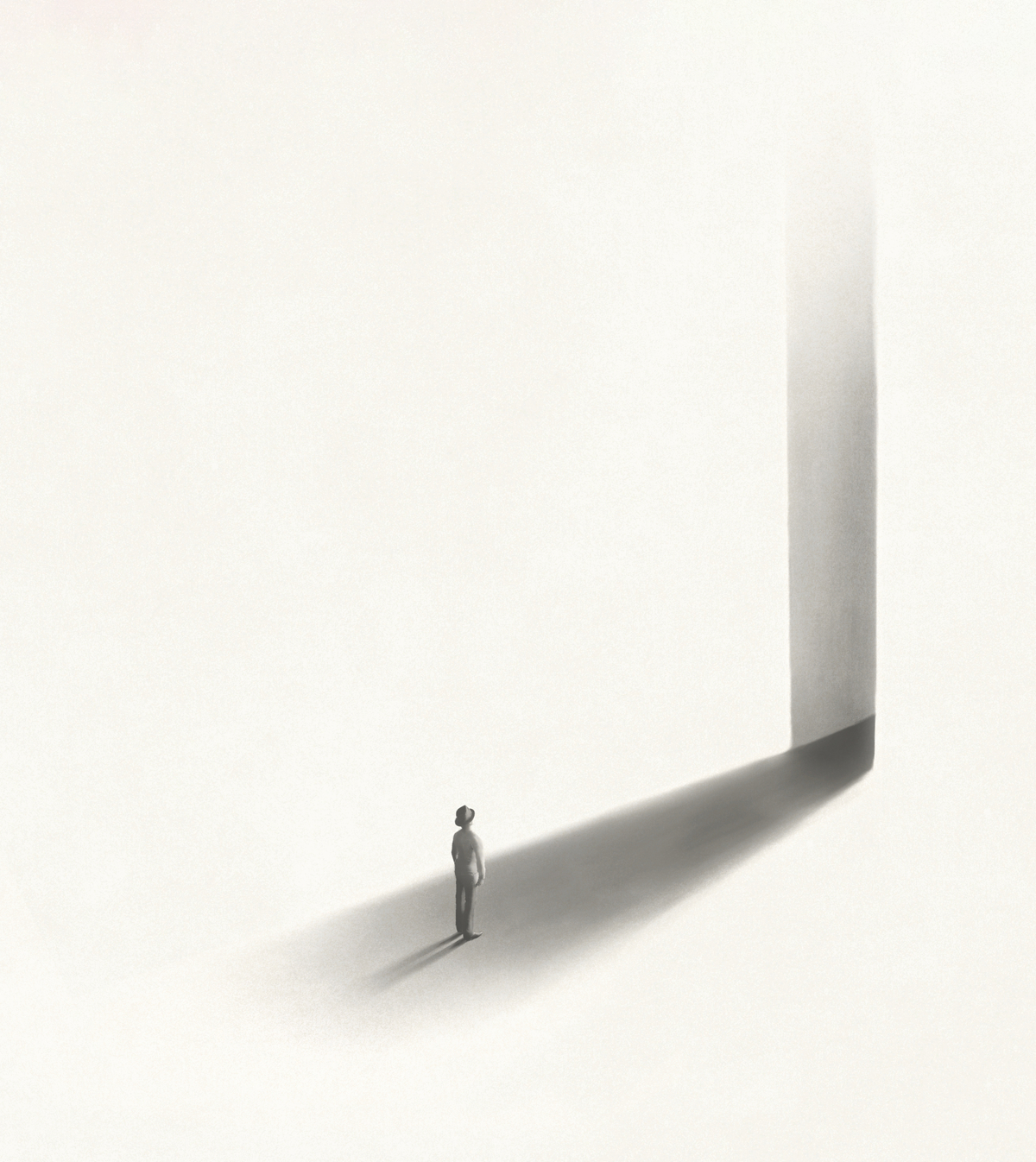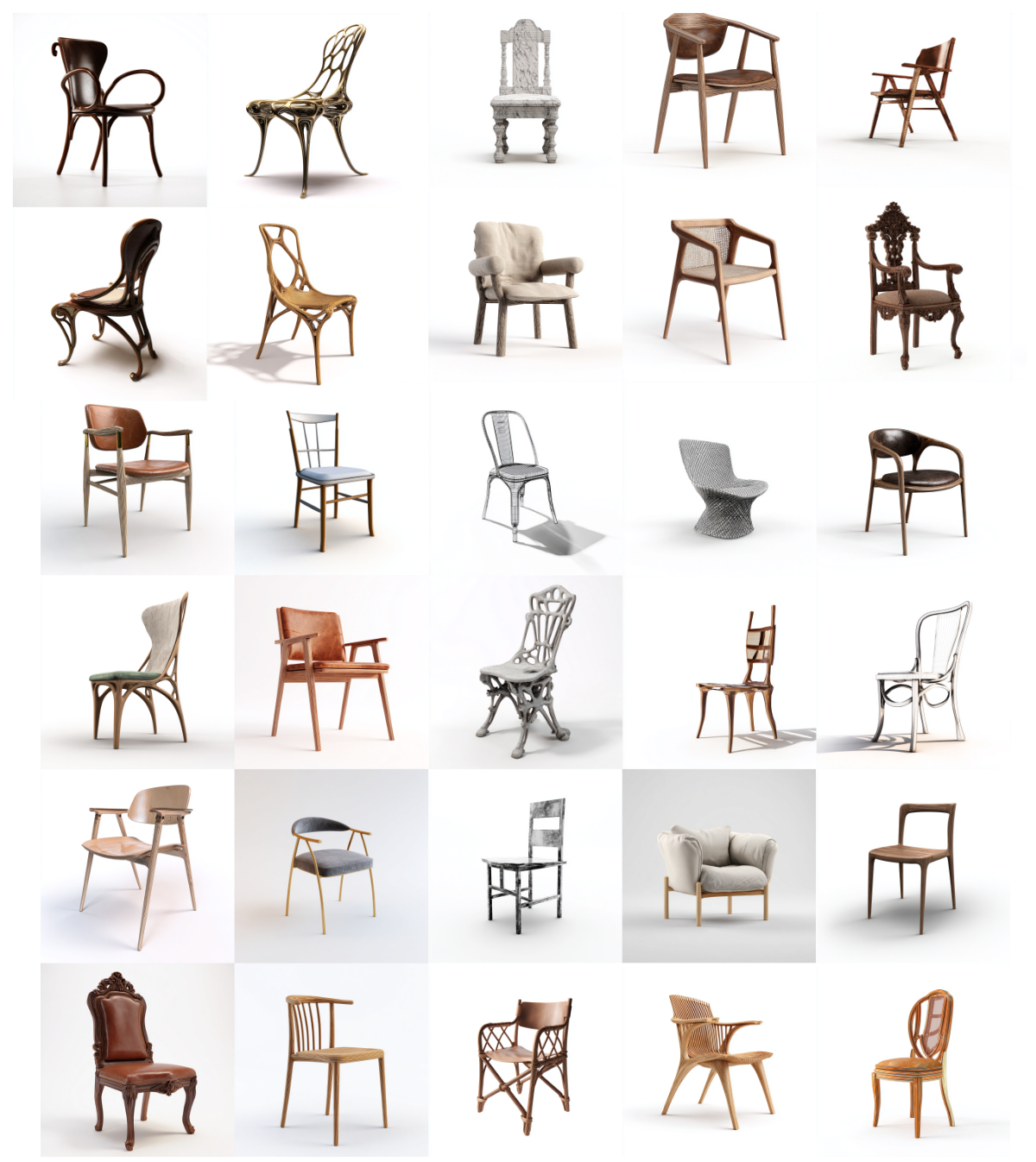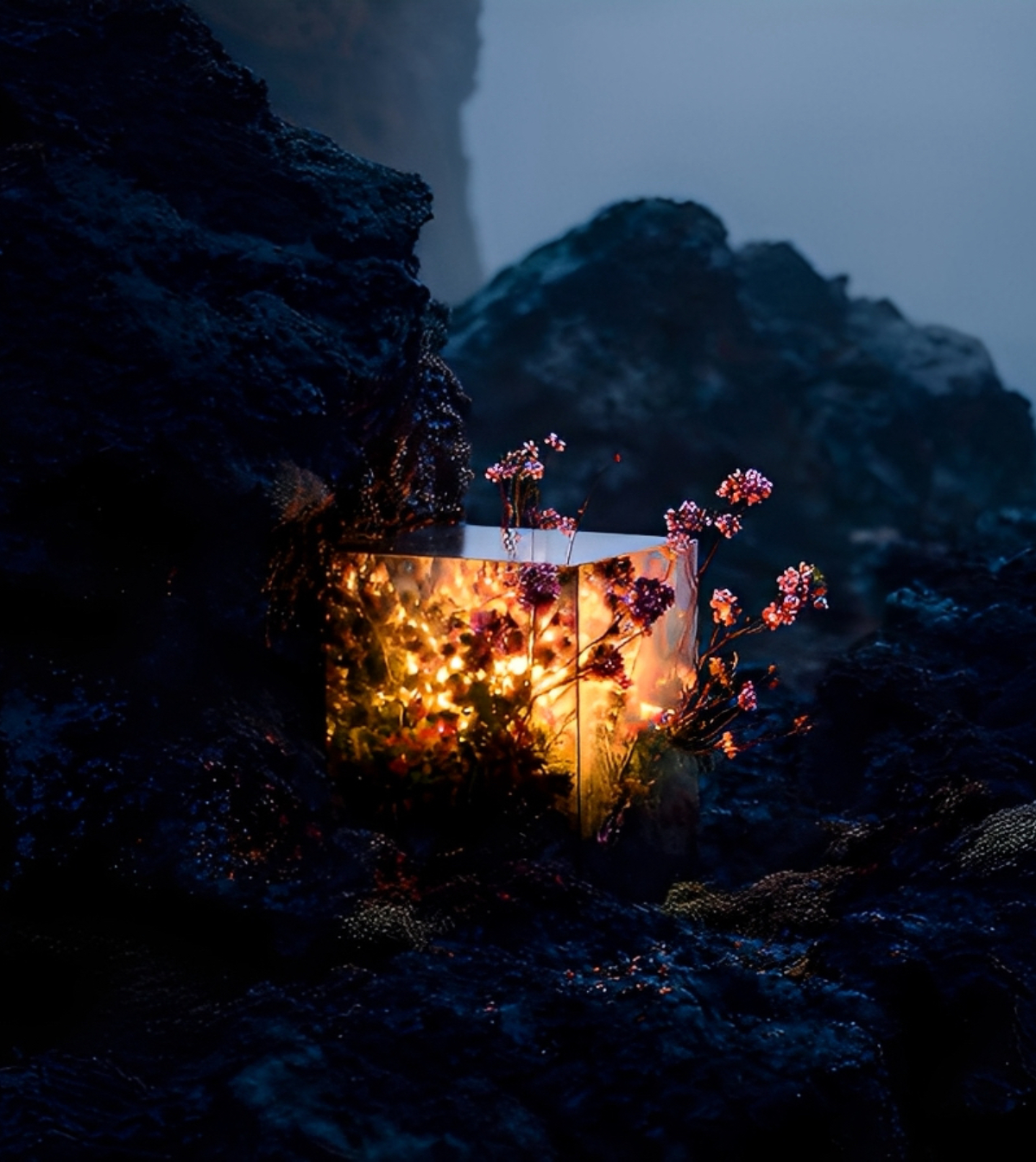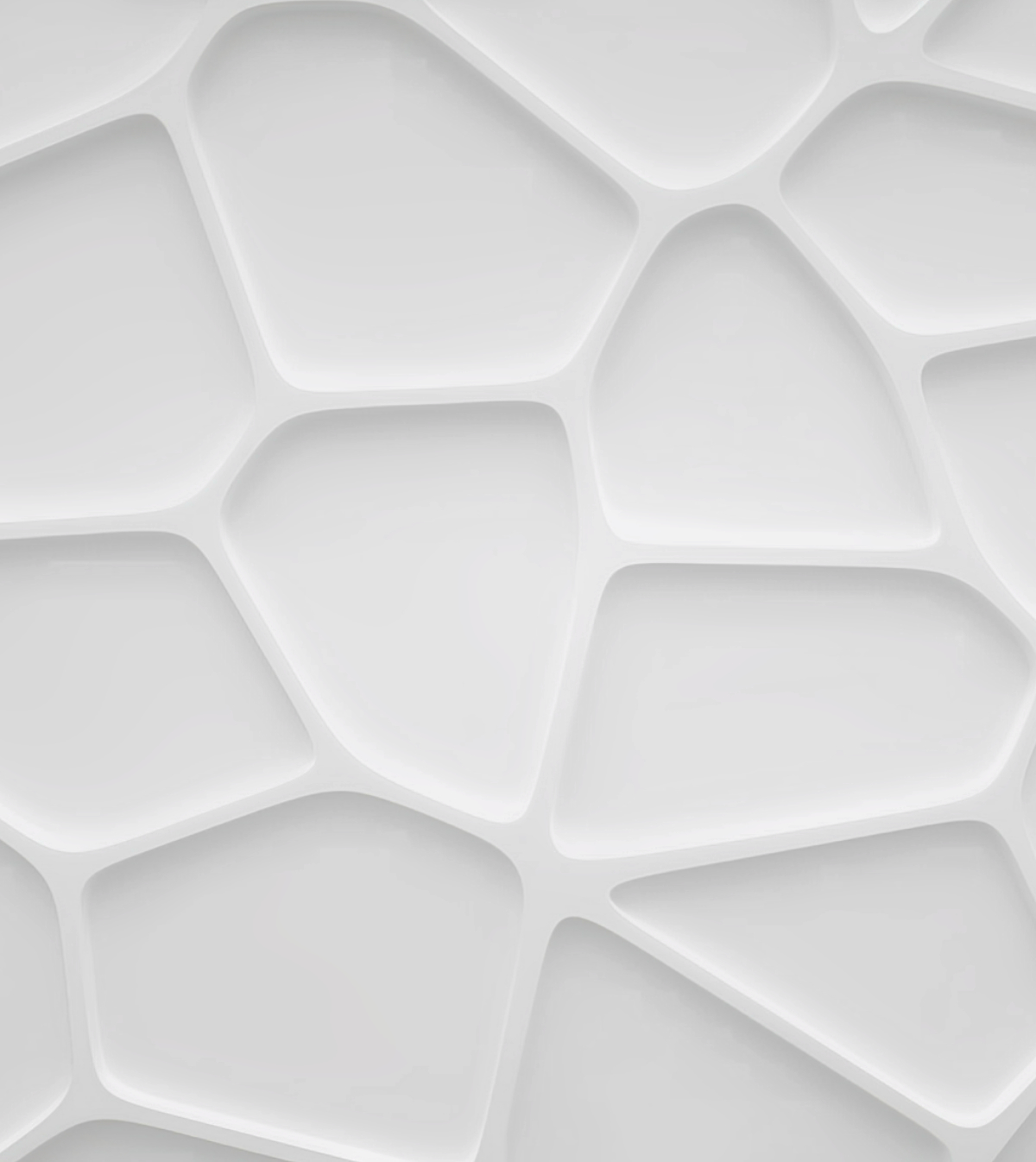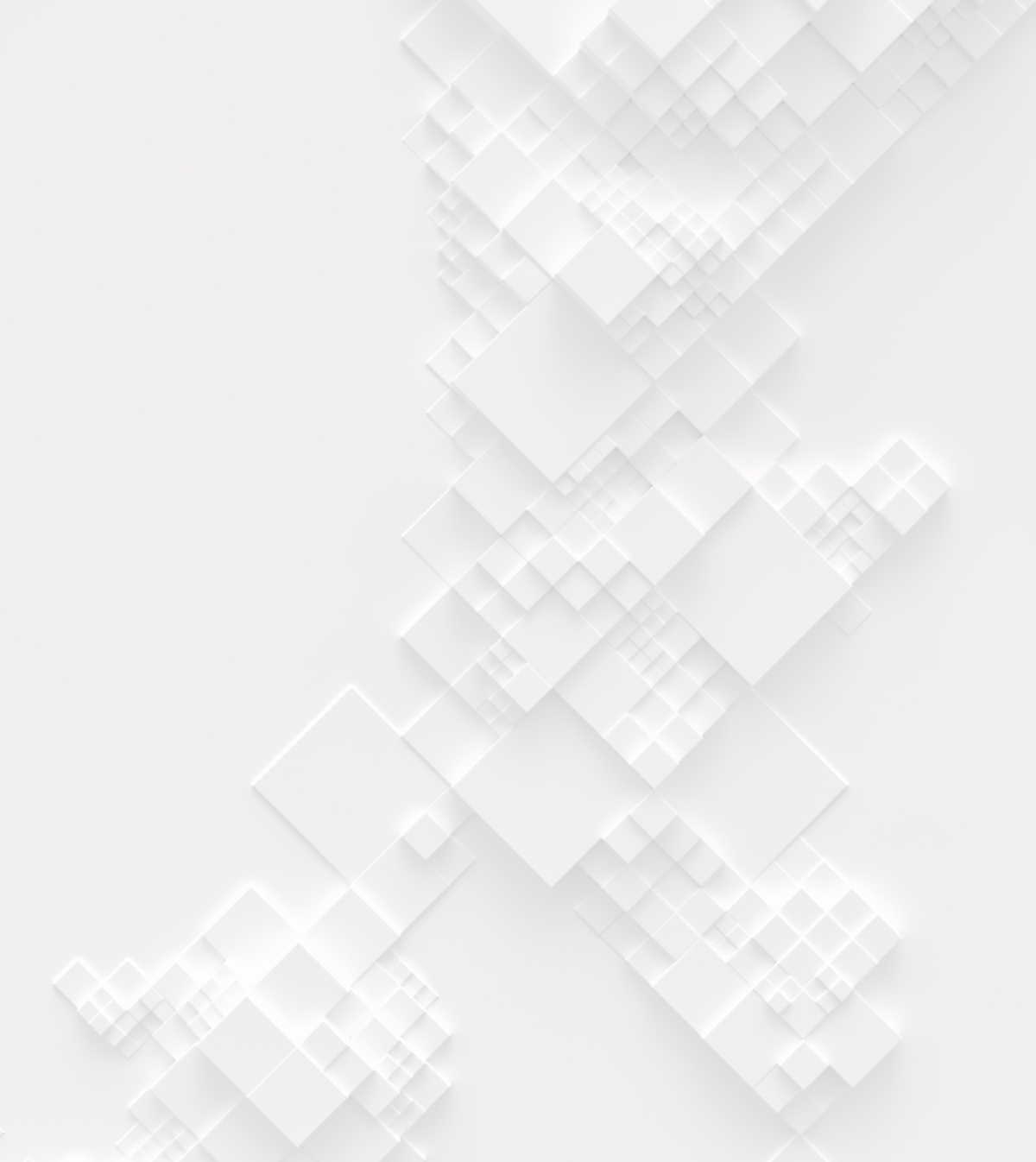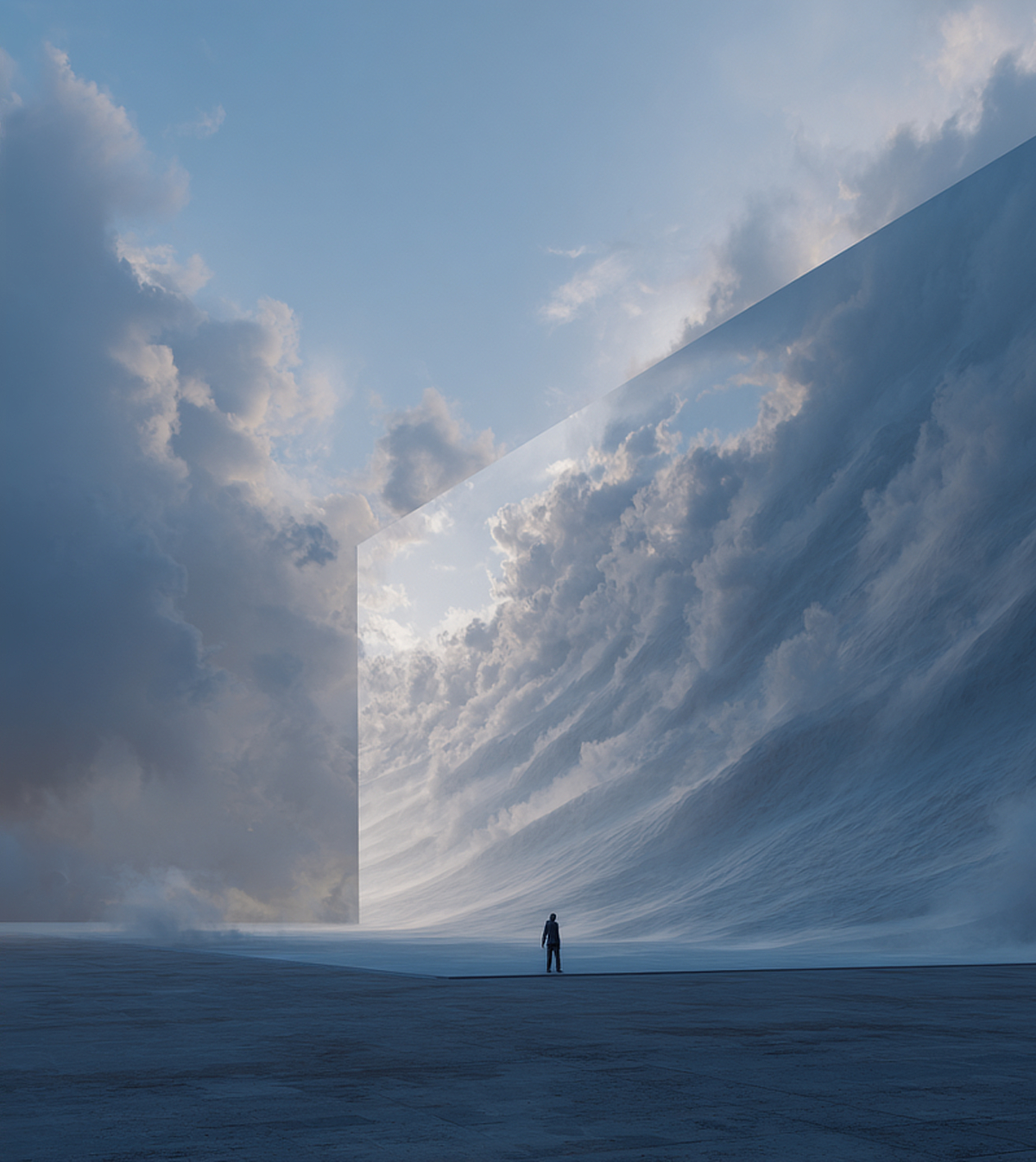Buildner is pleased to announce the jury panel for the second edition of its Virtual Home International competition!
Tommaso Calistri, Killa Design
Víctor Enrich Tarrés, photographer
Christoffer Jansson, 3D artist
Anna Karagianni, ANT Architects
Balkan Karisman, generative artist
Karel Klein, Ruy Klein
Nina Lundvall, Archipelago
James Payne, Archipelago
Sean Shen, ZJJZ Atelier
Monika Woźniak, Antireality 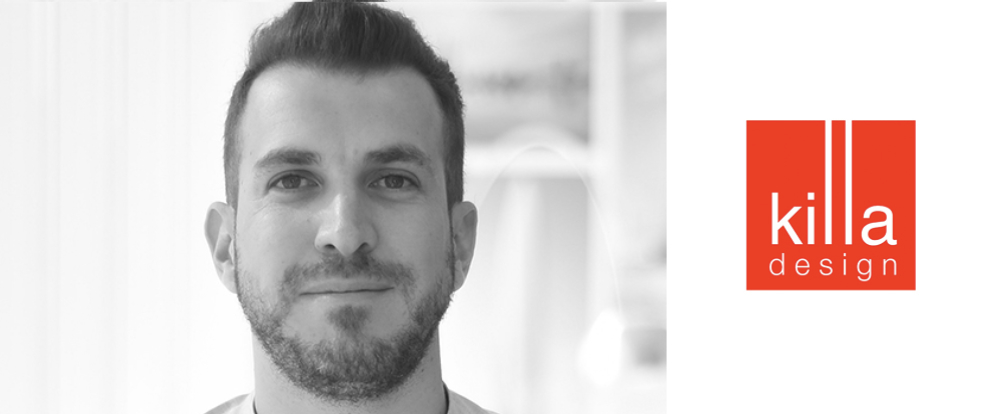
Tommaso Calistri is a Senior Architect at Dubai-based Killa Design where he has worked on projects including the Museum of the Future. He is a qualified architect with over 8 years’ experience in Florence, Prague, Copenhagen, and Abu Dhabi, on residential projects, museums, high rise developments, schools and villas. In 2017 Tommaso was ‘highly commended’ in the ‘Young Architect of the Year’ category at the Middle East Architect Awards and has won several international architectural competitions. 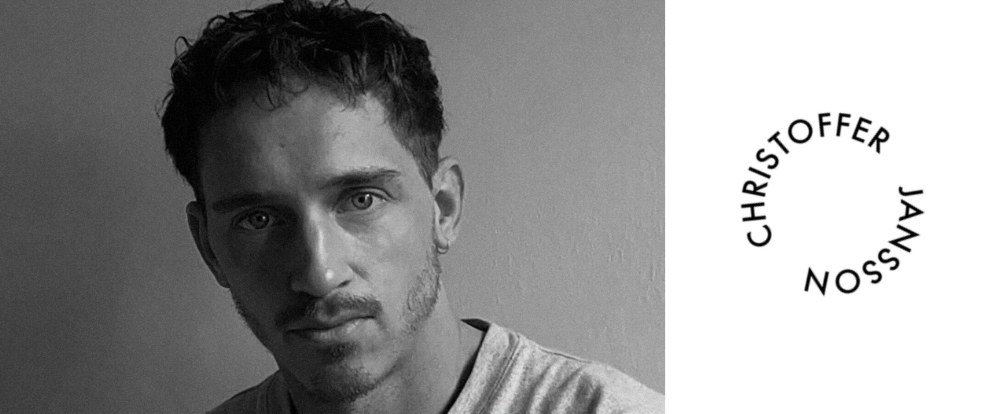
Christoffer Jansson is a Swedish 3D artist and designer with a Bachelor Degree from Konstfack University in Interior Architecture & Furniture Design. His work Uncanny Spaces explores the digital home on social media and has been featured in The Guardian, Architectural Digest and Dezeen. 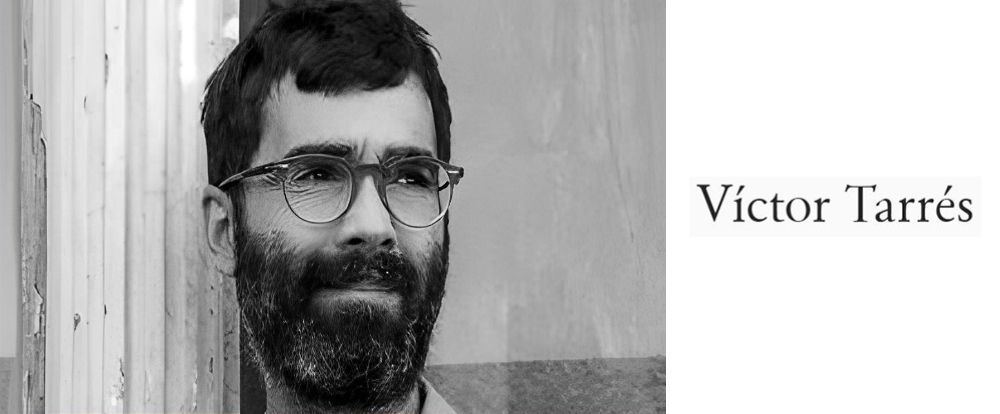
Víctor Enrich Tarrés is a Barcelona-based photographer and artist. He explores the connections between the digital and the non-digital worlds resulting in a body of work that spans from realism to abstract and impressionism. His goal itself is not to work on a single style but to enhance all the possibilities available by combining a different set of tools. To generate his work, be it digital or not, Víctor Tarrés uses a state of the art technique that combines digital photography, scripting and algorithmic calculation. 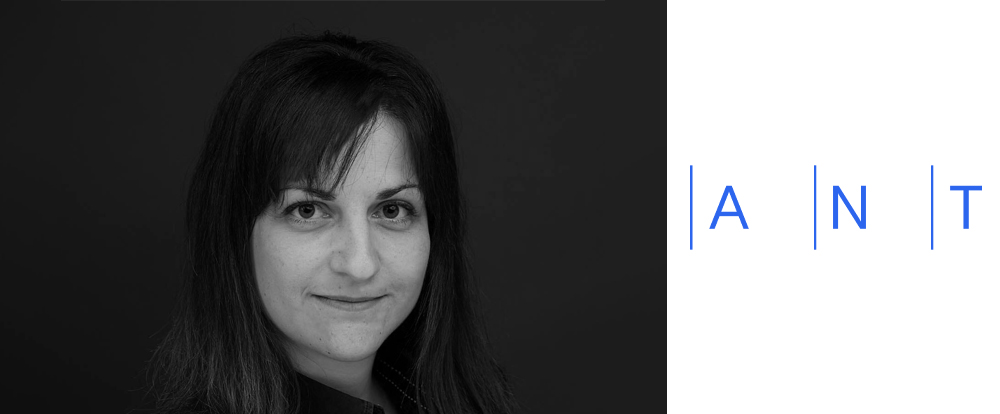
Anna Karagianni is an Assistant Professor at the School of Architecture, Technical University of Crete. She holds a Diploma in Architecture from the University of Patras (2007), a Master of Science in Advanced Architectural Design (MSAAD) from the Graduate School of Architecture, Planning and Preservation, Columbia University in the City of New York (2010) and a Ph.D. from the School of Architecture, Technical University of Crete (2021). Ph.D. thesis title: ‘Digital Media Strategies in Architectural Design: the user as an active participant in the era of IoT’. Since 2014, she has been teaching Architectural Design, Digital Media in Architectural Design and Advanced Digital Media. She has been involved in research and design projects in Greece, Spain, France, US, UAE, India and Japan, while she has also collaborated with international award-winning architectural firms in Athens and Barcelona. She is a founding member of ANT Architects, a research-based design firm established in Athens, Greece. Her published research includes papers in scientific journals and conferences with proceedings, and she has co-edited a book. Her research efforts mainly focus on the analysis, use and integration of new human - centered technologies in Architectural Design. 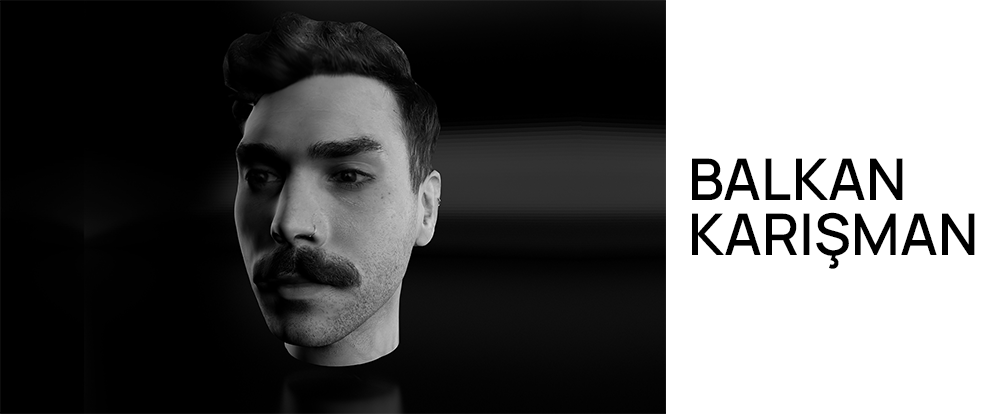
Balkan Karisman is a generative artist with a CG background who has been feeding himself with urban culture, glitch art, and futurism. He tries to challenge the mediums to meet analog and cyber, past and future, real and surreal. He believes that every asset around is natural, and already is a muse as well as an instrument to create. In his works, he asks the what-if questions about life and surroundings. 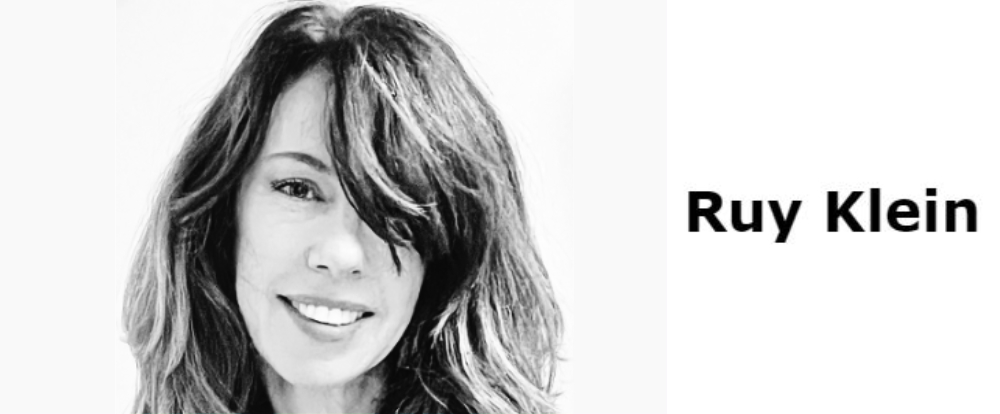
Karel Klein is the co-director of Ruy Klein and an architect licensed in New York state. She earned her BA in Architecture and her BS in Civil Engineering from the University of Illinois, Urbana-Champaign. Since graduating, and in addition to practicing, Karel has taught architecture studio courses at institutions including Columbia University, GSAPP, Washington University, Sam Fox School, the Pratt Institute, UCLA AUD, and she currently teaches at the Southern California Institute of Architecture (SCI-Arc) and University of Pennsylvania, Weitzman School of Design. In these more recent studios, Karel has been working with her students on projects which collaborate with artificial intelligence neural networks as a provocation to conventional aesthetic practices in architectural design. In her practice, Karel also works with various artificial intelligence technologies. Her ongoing project is an investigation into crossbred image-objects produced using atypically trained GANs and their capacity for contemporary myth-making in architecture. In the same way that “imaginative vocabulary” and “metaphoric style” were primary, if literary instruments for the invention of new mythologies for Surrealists, the strange and idiosyncratic qualities of images produced using artificial intelligence are similarly a kind of matter metaphor and made visible by the cyborg imagination. She is interested in a kind of re-enchantment of the architectural body—one that both foments and succumbs to sensual perceptions, and one that discovers new and unexpected relations to the world beyond the realm of the rational. 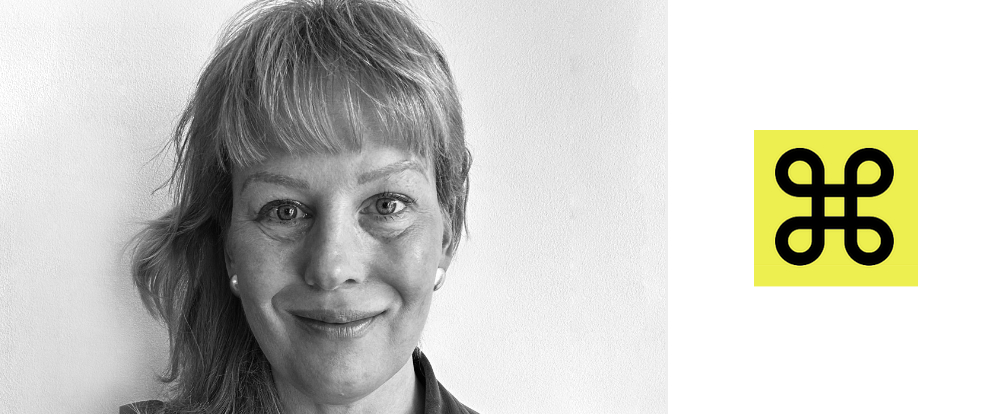
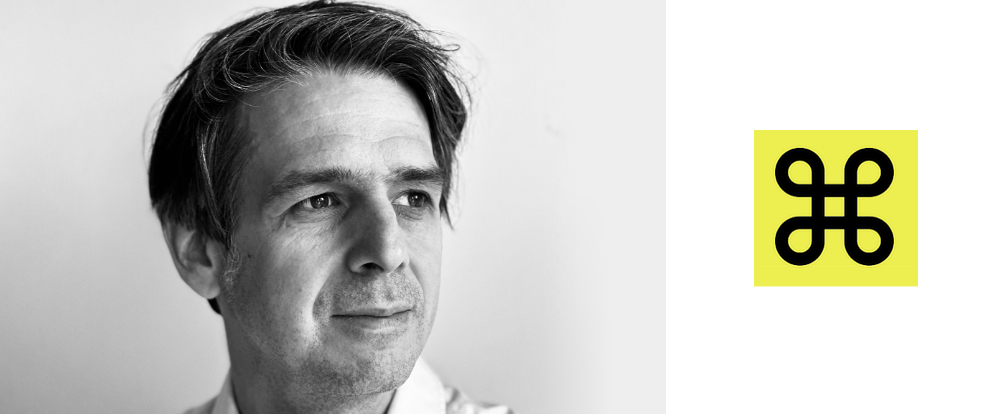
Nina Lundvall and James Payne formed the part-time collaborative practice Archipelago in 2007. The practice has realized projects in both the UK and Sweden while retaining an international perspective through research, teaching and competitions. Recent work includes the refurbishment of a modernist villa and gardens in Falsterbo, Sweden and exhibition design for Swedish Museum of Architecture ARKDES - Amie Siegel -The Silence. Both have worked for internationally known practices and have gained significant experience on major cultural buildings including Nottingham Contemporary art gallery and Liverpool Philharmonic Hall. The practice was included in New Architects 3, 100 best new UK practices, Architecture Foundation, published by Merill, 2016. Closely connected to practice, Nina and James have taught Degree and Diploma design studios together at LondonMet, Chalmers in Gothenburg, KTH in Stockholm, Central St Martins and Nottingham University since 2008. 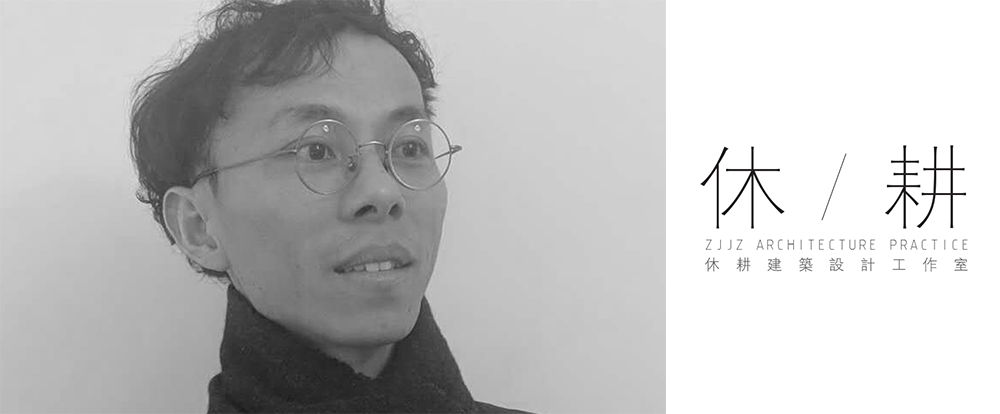
Sean Shen is a lead architect at Shanghai-based ZJJZ Atelier. ZJJZ’s projects have garnered numerous recognition, such as its Woodhouse Hotel being listed as one of the top 10 Chinese architecture projects by Dezeen in 2019. 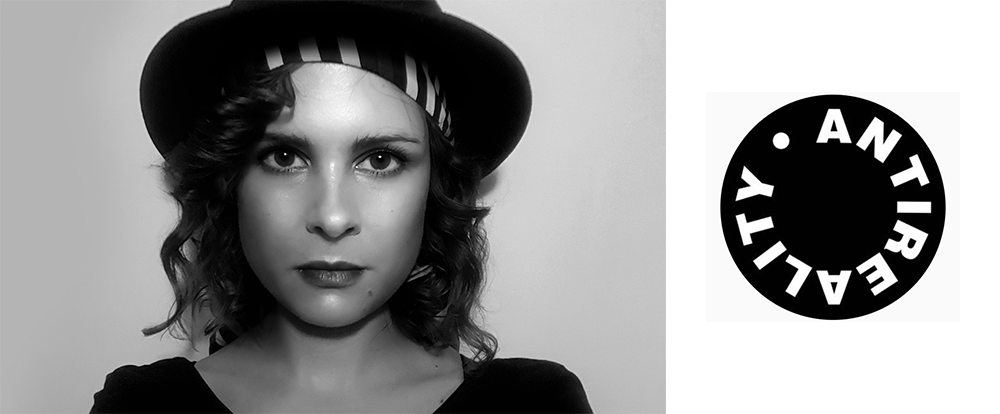
Monika Woźniak is an architect and 3d designer from Poland. She gained educational and professional experience in Poland, Denmark, Switzerland and Norway. In 2018 she decided to combine her passion for architecture and visualization and started her personal project called Antireality. "In my works, I like touching upon subjects focused on exploring boundaries between architecture and nature, ways in which they could be integrated, and also seeking geometric-spatial correlation existing in nature. My main goal was to create a world whose narration would be based on an architectural journey across the land of imagination. The reality I have created is founded on seeking unconventional architectural-spatial situations that often oscillate between reality and dream.
The Virtual Home competition is the second in Buildner’s Virtual Architecture competition series focusing on virtual space creation. Architects and designers are being asked to create the concept of a virtual home. Without any physical limits, what other important considerations would need to be made? Are there artificial constraints that are necessary in order for a virtual home to feel familiar and comfortable? In what context would you choose to place your virtual home?
Top 3 Reasons Why You Should Enter Architecture Competitions
Curious about the value of architecture competitions? Discover the transformative power they can have on your career - from igniting creativity and turning designs into reality, to gaining international recognition.
Learn more

